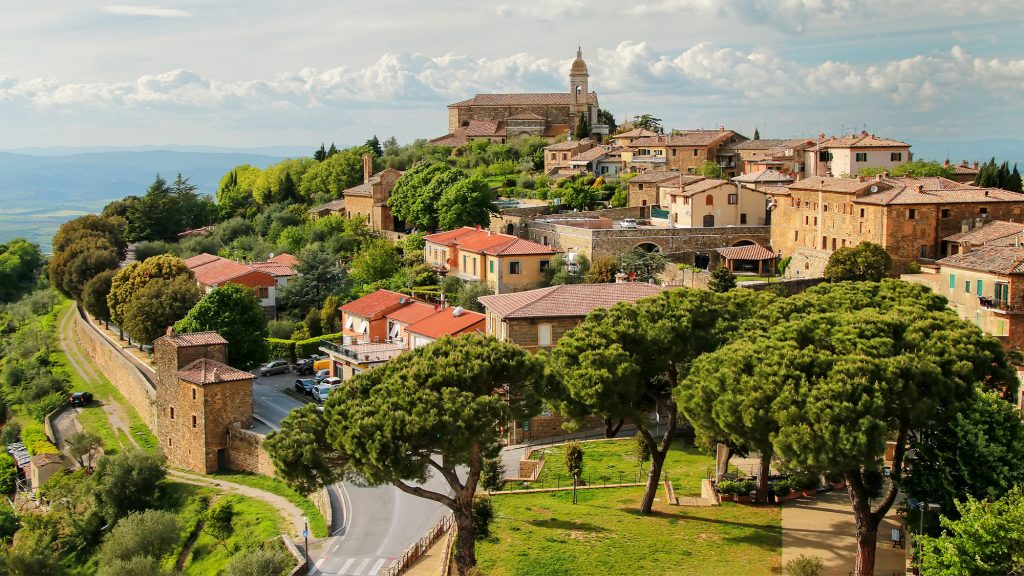If you tuned in last week, you heard our crash course on clones and clonal selection. Today, we’re taking our lesson a step further to talk about masal selection. To understand how it works, we’ll take a look at Brunello di Montalcino, where the process helped build a renowned Southern Italian wine region.
In the 19th century, Tuscan writer and scientist Clemente Santi owned an estate called Il Greppo, where, just like his contemporaries in Florence, he placed immense focus on the quality of the vines and grapes within his vineyards. At the time, Sangiovese wasn’t celebrated in this part of Tuscany, but Santi set the goal of making age-worthy red wines from the grape. And that’s exactly what he did.
When Clemente passed, his grandson Ferruccio Biondi Santi became obsessed with his grandfather’s work, seeking ways to make his wines even better. Powdery mildew and phylloxera were an issue at the time, so he started eradicating infected vines, making sure to protect the best vines in the vineyard — processes we now know as positive and negative masal selection. What followed was some careful grafting and replanting that eventually led to the creation of Brunello di Montalcino. Tune in for more.
Listen Online
Follow Keith on Instagram @VinePairKeith. Rate and review this podcast wherever you get your podcasts from. It really helps get the word out there.
“Wine 101” was produced, recorded, and edited by yours truly, Keith Beavers, at the VinePair headquarters in New York City. I want to give a big old shout-out to co-founders Adam Teeter and Josh Malin for creating VinePair. Big shout-out to Danielle Grinberg, the art director of VinePair, for creating the most awesome logo for this podcast. Also, Darby Cicci for the theme song. And I want to thank the entire VinePair staff for helping me learn something new every day. See you next week.
*Image retrieved from donyanedomam via stock.adobe.com
The article Wine 101: Brunello di Montalcino: A Study in Masal Selection appeared first on VinePair.
